Do you know how fast your iPhone can be charged? Or are you just satisfied with the information that you have 30% battery capacity in 50 minutes of charging? Charging speeds are not important for Apple, on the contrary, it relies on endurance. Compared to the competition, it clearly lags behind in speed, on the other hand, it makes sure that your battery lasts as long as possible. Is it good or not?
Apple Lossless Audio CODEC (ALAC), states, that you can quickly charge iPhone 8 and newer up to 50% battery in about 30 minutes. The condition is that you need a USB-C/Lightning cable and one of the more powerful adapters, namely an 18W, 20W, 29W, 30W, 35W, 61W, 67W, 87W, 96W or 140W Apple USB-C power adapter or a comparable adapter another manufacturer.
It could be interest you
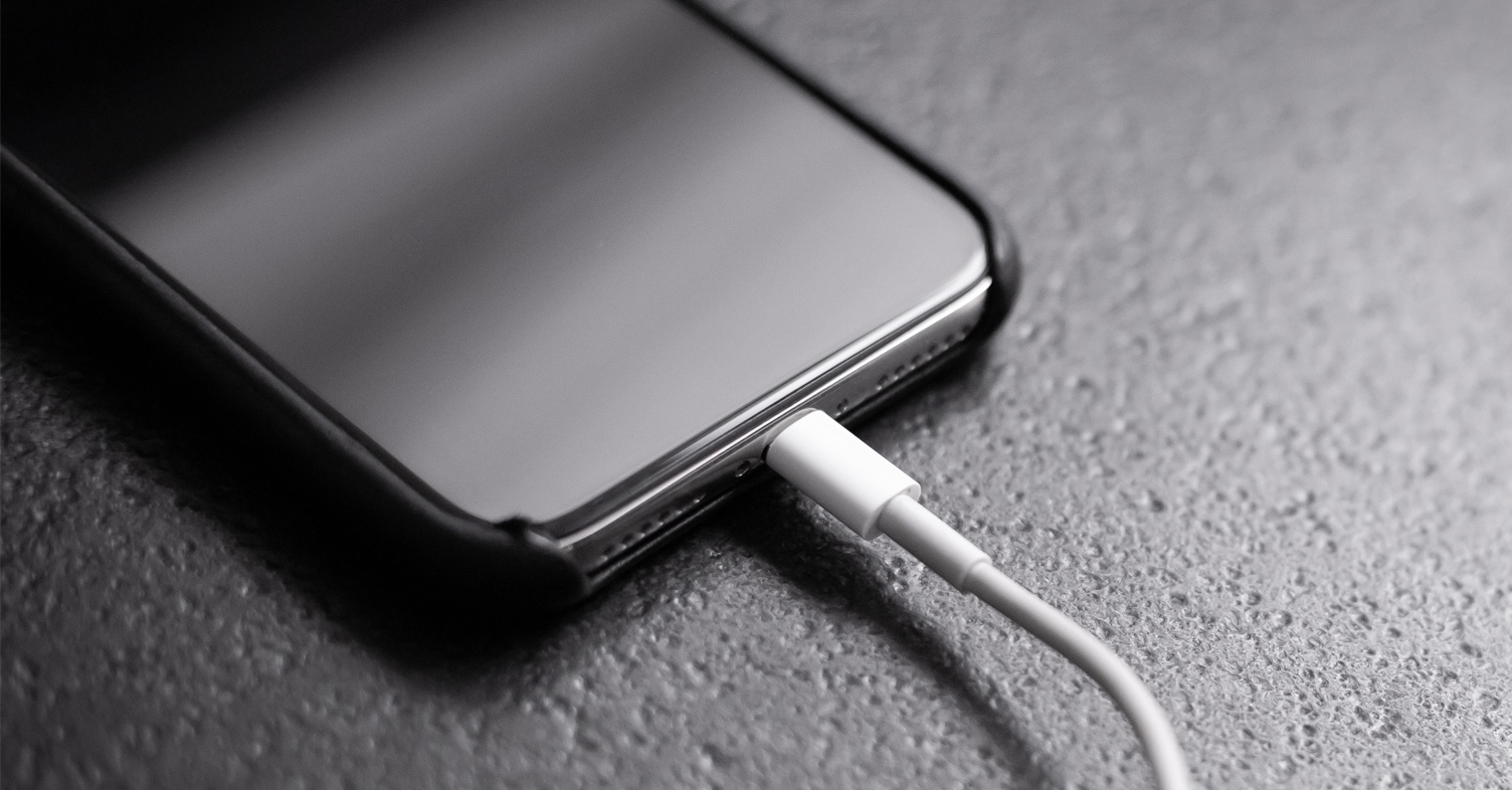
So, as you can see, since 2017, Apple hasn't done much in this regard (only came with wireless MagSafe), while others are trying very hard. But the American manufacturer has a clear strategy - to charge slowly, but not to destroy the battery. The faster the charging, the greater the risk of battery degradation and thus its aging. The capacity of the battery will therefore decrease over time, which, by the way, also shows the condition of the battery.
What is the ideal path?
Batteries and their capacity are the Achilles heel of all current electronic devices. We would all like them to last longer, but at the same time we want devices to be thinner and thinner. But a battery with a large capacity also requires an appropriate amount of space, which is not exactly available in the bowels of modern smartphones.
So Apple is not a record holder in any of them (i.e. battery life and capacity), but thanks to its system and mutual hardware tuning, every new iPhone can handle your entire demanding day with it (as it states). Not even Apple's biggest competitor, namely Samsung, is the leader in charging speeds. You can charge its current Galaxy S22 Ultra at a maximum of 45W, which others have long exceeded. In addition, the smallest of the series, the Galaxy S22, can only charge 25W. Previously, the company offered more knowledge, but it also understood that the road does not lead here.
It could be interest you

Predators from China
At the same time, Samsung gives numbers. For several years, its Ultra-branded Galaxy S series models have featured a 108MP camera, now the Galaxy S23 Ultra is expected to add a 200MP camera. So why would he even give up the flashy label on charging speeds? Probably because its contribution is still questionable. Yes, you can use it to charge your device in a few minutes, but is it really that good?
Realme has recently announced that its Smartphones can handle 240W charging. Realme GT Neo 5 or Realme GT3 Pro should be the first to receive it. Other competitors now manage around 200W. 240W was introduced by Oppo as well, but that was last year and has not yet been used in practice. According to the words of Realme, it could be judged that the technical limitation may be gradually receding. Allegedly, the device can handle more than 1 charging cycles. Since considerable heat is then generated during such charging, the battery was said to not mind even the attacking 600°C. Everything is said to be as safe as possible because the tested phone contains 85 temperature sensors.
It could be interest you

Do you prefer charging speed over battery life? My personal opinion is that I would rather stay where I am. For phones, I don't see such a burning problem in recharging them for a long time, also because most of us charge them overnight anyway and with optimized charging turned on. The bigger problem here is with smartwatches. We don't want to take them off even to sleep, and being able to recharge them in 5 minutes would definitely be more pleasant than charging our smartphone in 5 minutes.
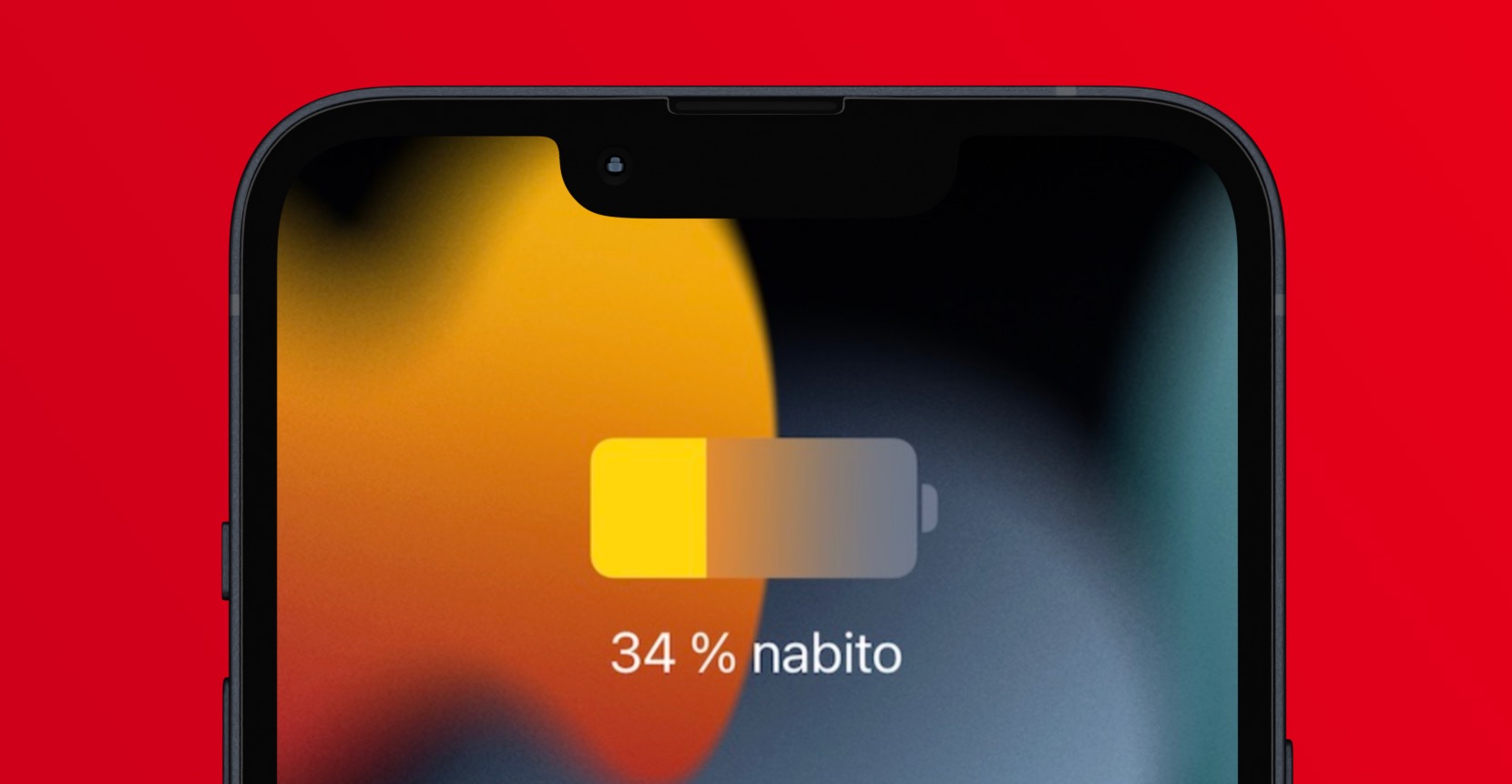
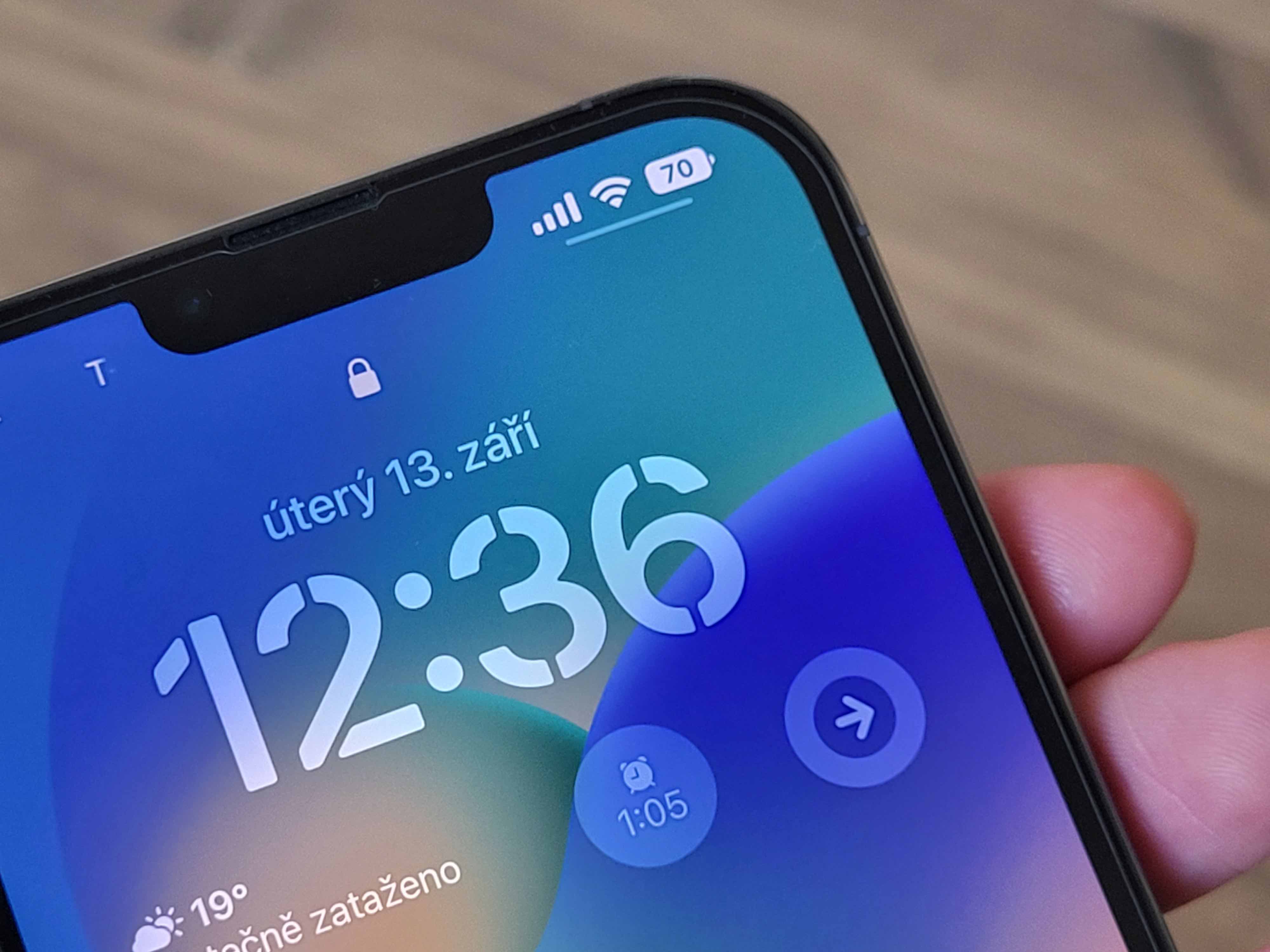

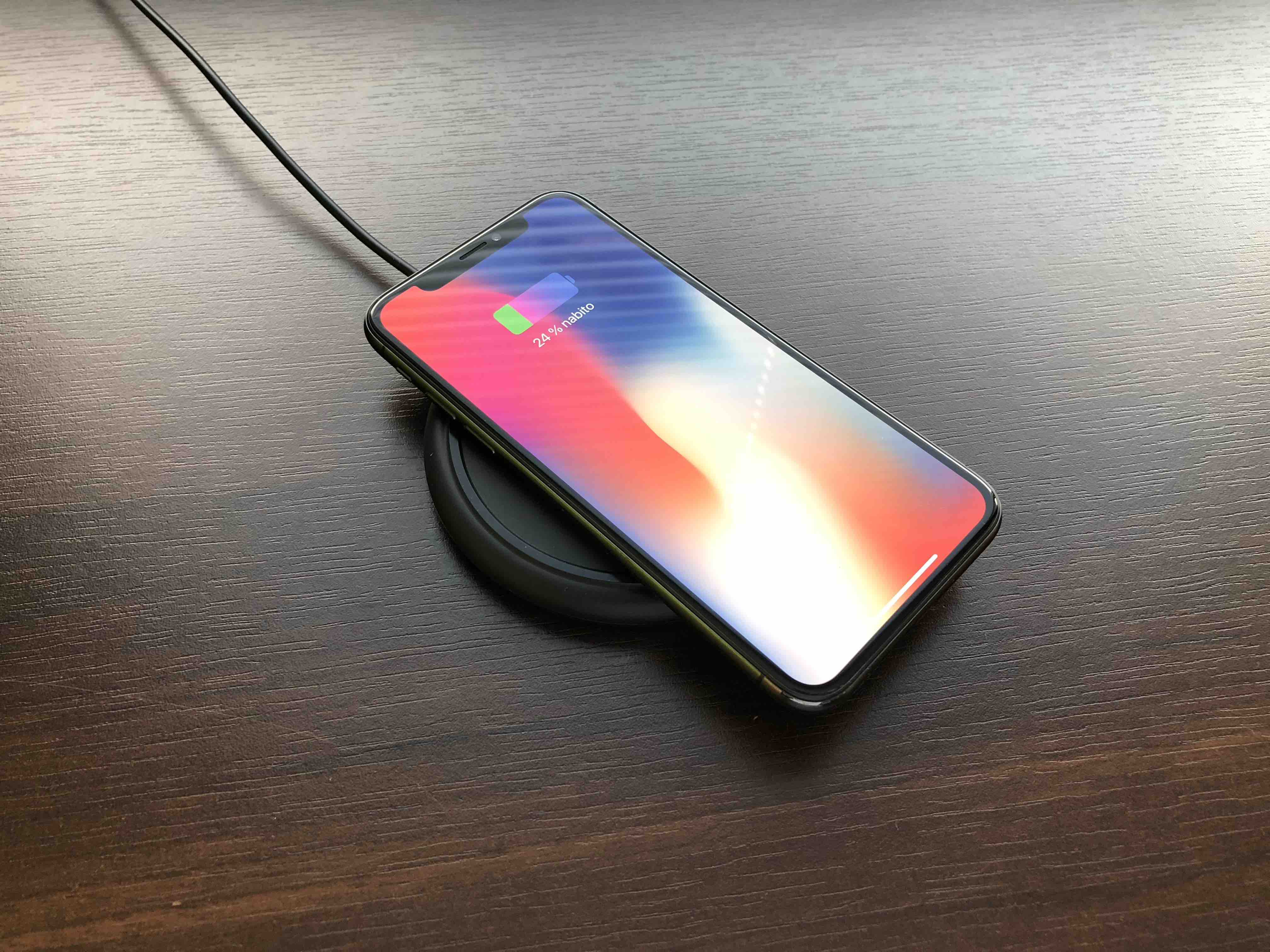

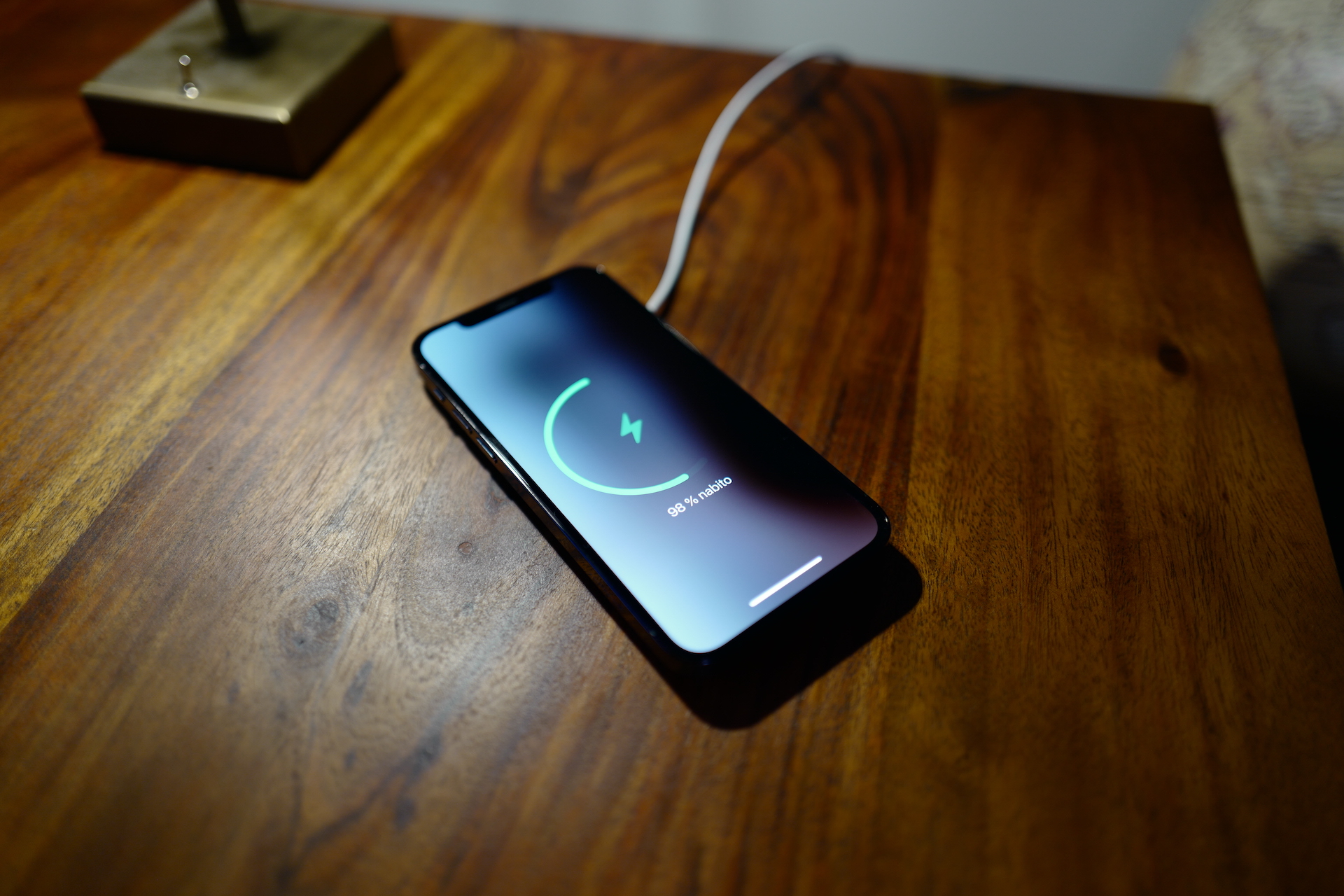
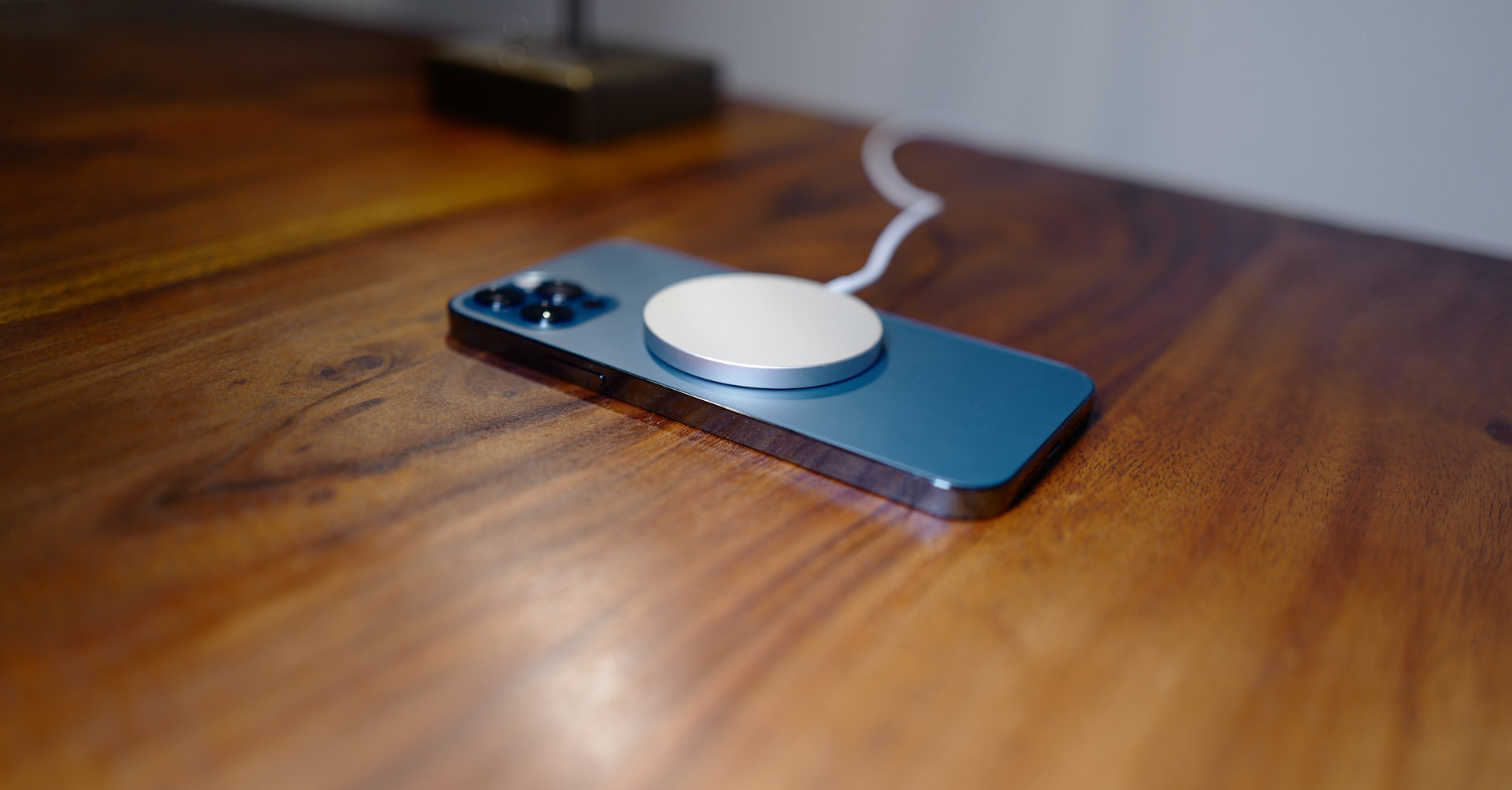
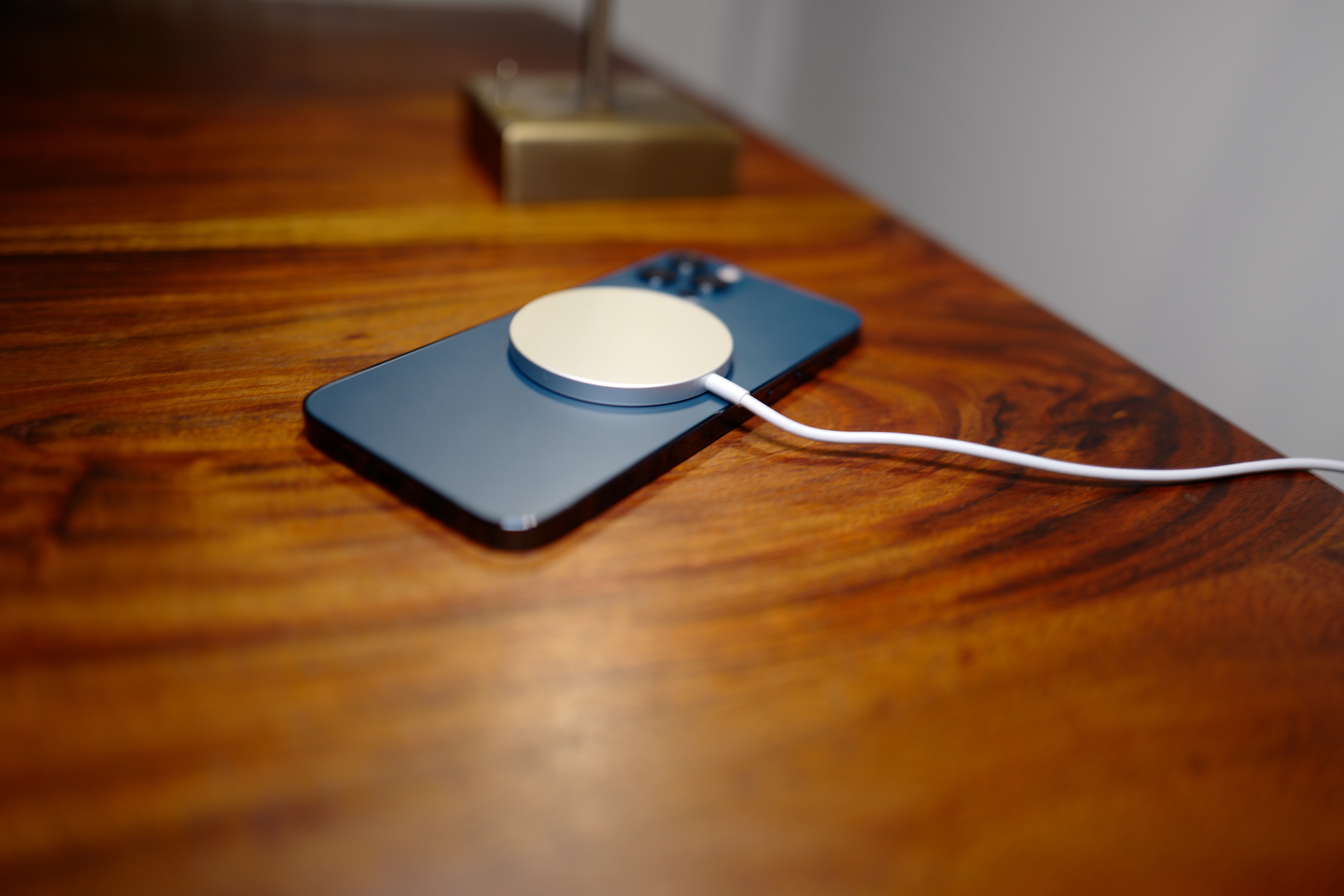
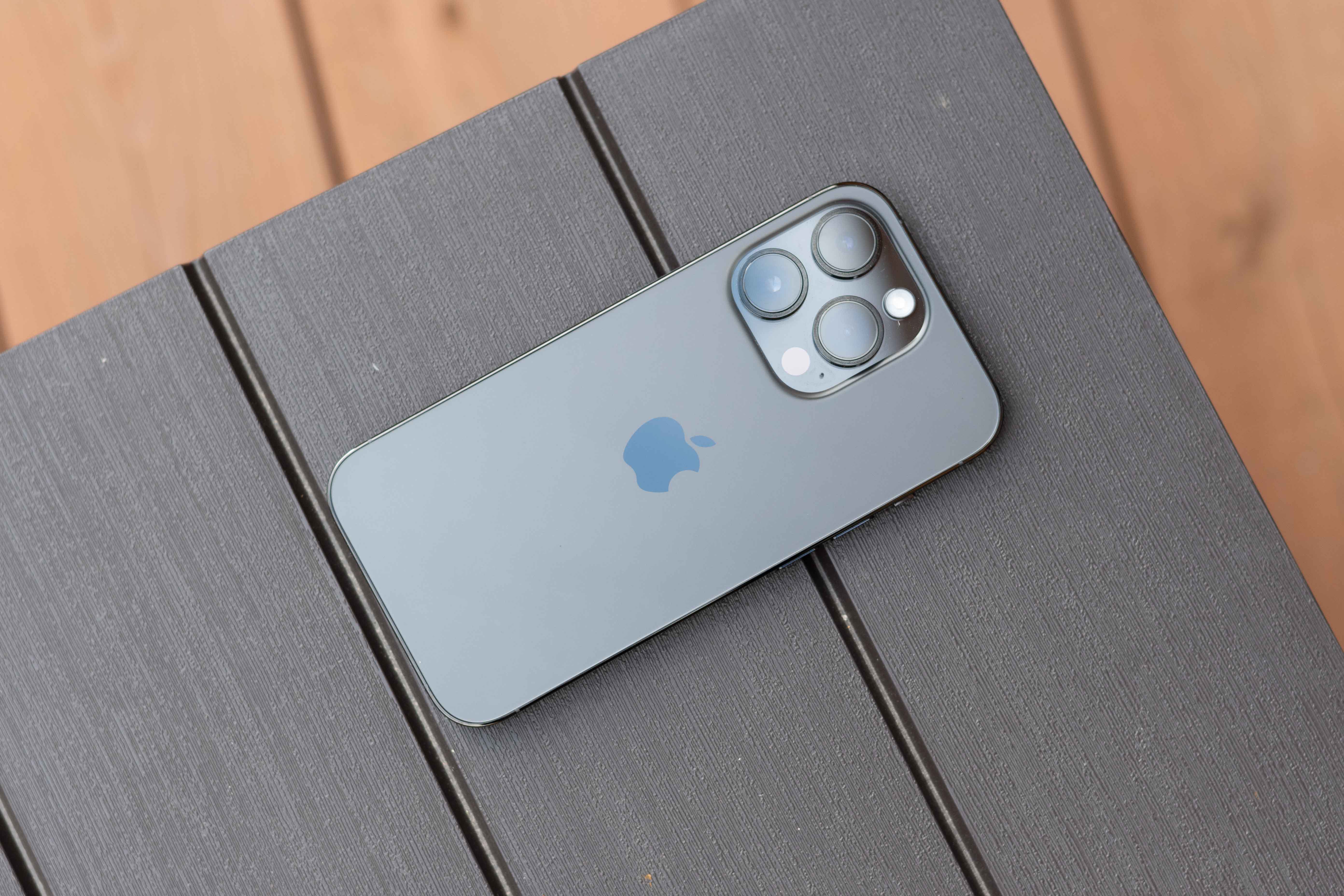
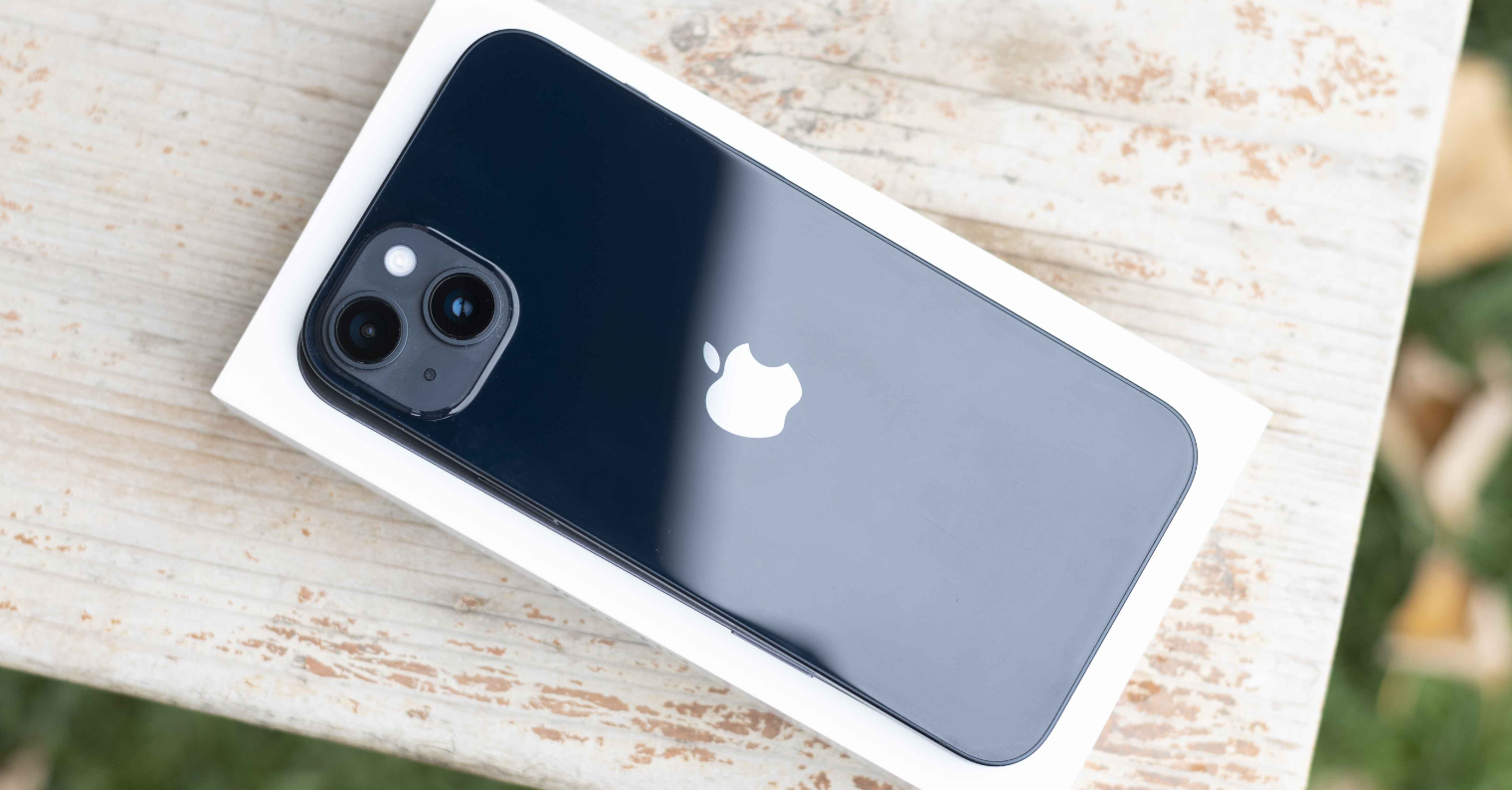
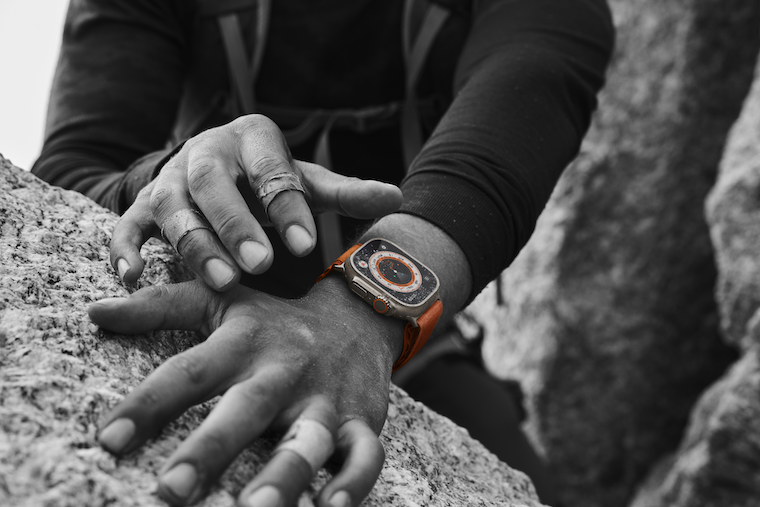


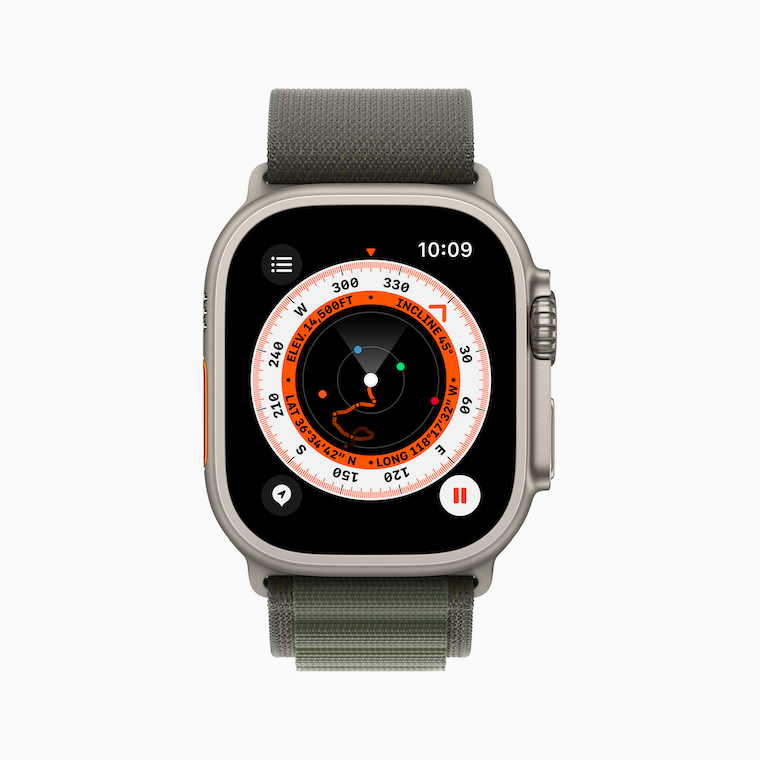

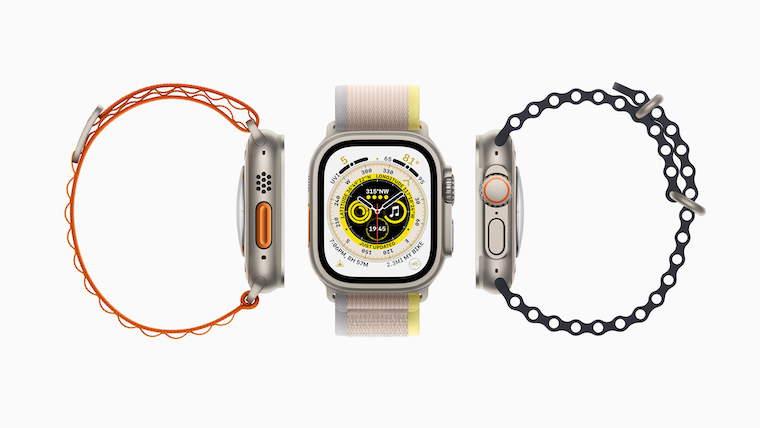


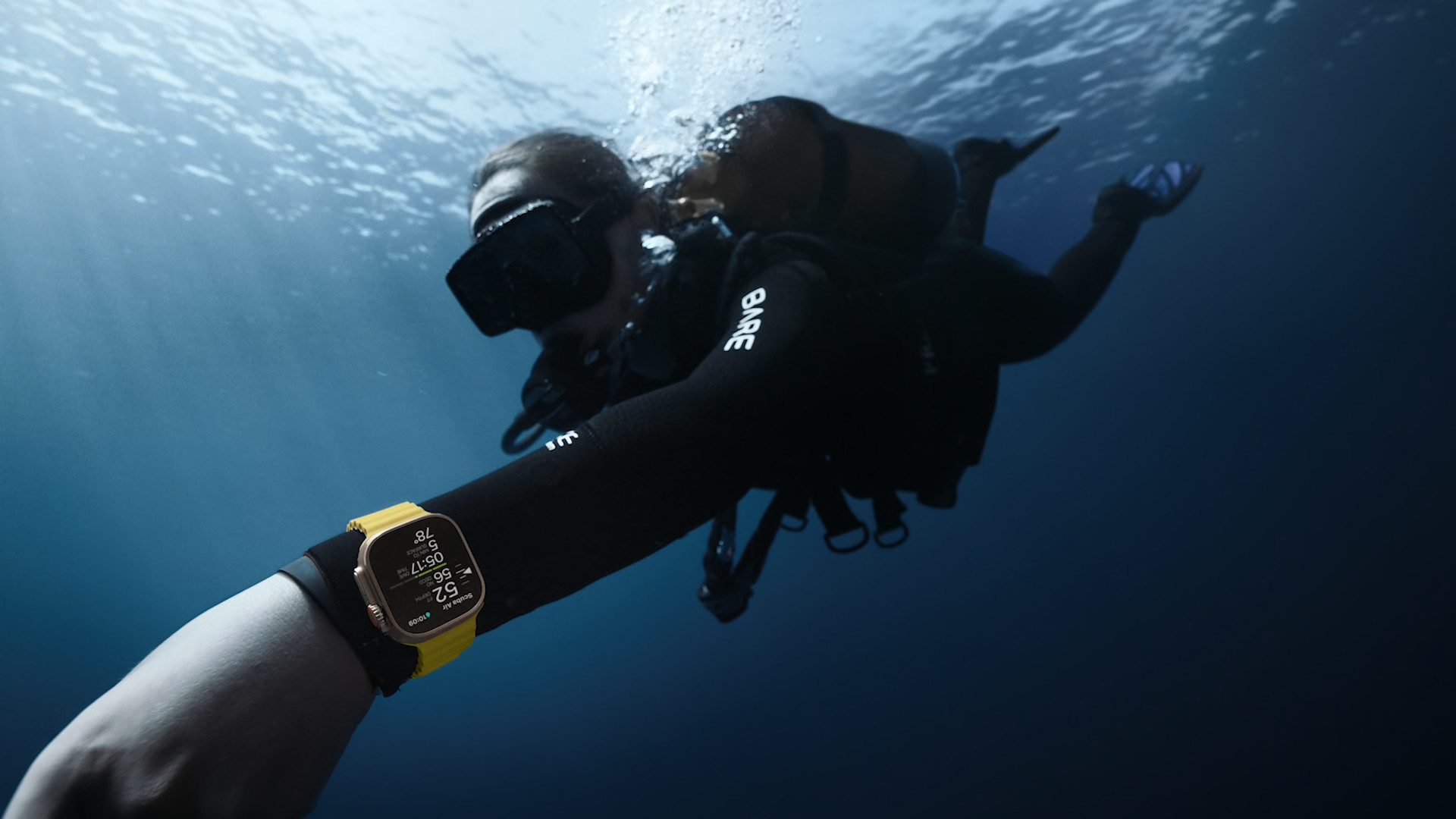
 Adam Kos
Adam Kos
Nowadays, when you can charge in a car, on a motorcycle and anywhere else using a fast charging powerbank, I find it really unnecessary to charge faster than 20w. Even so, it is quite enough to charge 50% (which is enough for a day) in half an hour.